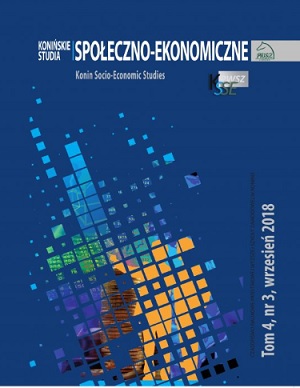Etapy rozwoju gospodarki Włoch – od faszyzmu do kryzysu lat siedemdziesiątych
Stages of development of the Italian economy – from fascism to the crisis of the seventies
Author(s): Magdalena KurzynaSubject(s): National Economy, Political history, Social history
Published by: Akademia Nauk Stosowanych w Koninie
Keywords: fascism; economic policy; economic crisis; economic miracle
Summary/Abstract: After the First World War, Italian society, fearing Communism, decided to en-trust the People's Party with power, hoping that Benito Mussolini would re-store order and bring the country out of the crisis. The economic policy of Duce was based on corporatism, which replaced the market economy with a planned economy. Mussolini developed the arms industry, collected energy resources and formulated a social program. The years 1924−1927 brought economic revival and the balance of the state budget. The series of economic successes was interrupted by the global economic crisis (1929−1933), fol-lowed by the outbreak of World War II. After the war, the Italian economy suffered from a lack of capital, raging inflation and debts related to war rep-arations. The political and economic situation forced the authorities to adopt the Marshall Plan in 1948 and join NATO. The 1950s proved to be the most favourable period for Italy, referred to as the "economic miracle", when the rate of economic growth was equal to the growth in West Germany or Japan. In the next decade, the Italian economy slowed down considerably. This led to the crisis of the 1970s, which was mainly caused by serious labor conflicts, the end of the Bretton Woods system and oil crises.
Journal: Konińskie Studia Społeczno-Ekonomiczne
- Issue Year: 4/2018
- Issue No: 3
- Page Range: 261-276
- Page Count: 16
- Language: Polish

